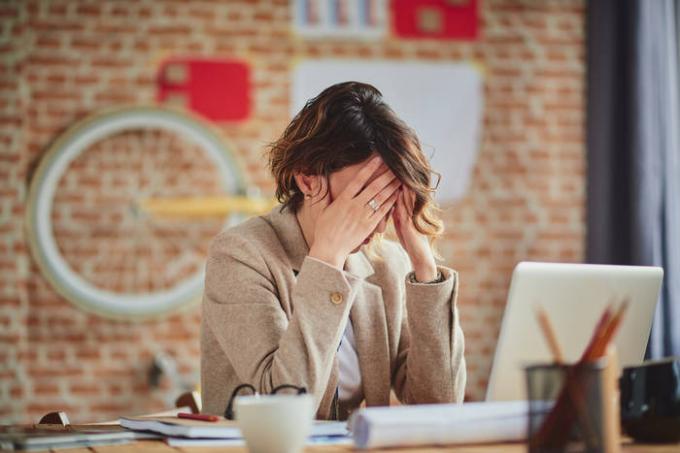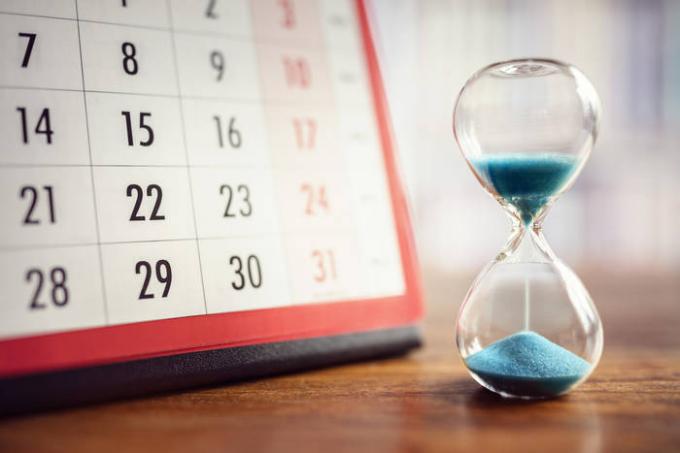Are there methods of reducing the intensity of the symptoms of panic attacks or get rid of them forever?
What is a panic attack?
A panic attack is characterized by a sudden strong feeling of fear or discomfort that causes a human acute physical reactions, even if the person is not subject to any real danger. The physical symptoms of panic attacks, such as heart palpitations, chest pain, shortness of breath, breathlessness, sweating and dizziness, may make a person feel that he is losing over a the control. Many people compare the symptoms that they are experiencing the symptoms of a heart attack, which can cause them even greater panic.
Most people have panic attacks may last less than 10 minutes. However, some of them may have a given and symptoms during a longer period of time.
This disease can occur in the background of a strong shock stress or traumatic events. But just a panic attack symptoms may disappear at exactly the moment when the situation is resolved. However, unfortunately, this is not always and not at all. For many panic attacks may become more serious and long-term problem.
Since panic attacks are unpredictable phenomenon and have an intense character, they scare people. At the same ones who experience recurring symptoms, it is often even greater fear that additional "surround" their panic attacks, which leads to a condition called panic disorder.

istockphoto.com
What are the symptoms of a panic attack?
Strong pulsation or heart palpitations - one of the most talked about symptoms of a panic attack. And, despite the fact that many of us are experiencing heart palpitations in response to a stress, a true panic attack include at least 4 of the following symptoms:• Racing heartbeat
• Chest pain
• inconsistent breath
• The feeling of suffocation
• Shaking and trembling
• Dizziness
• Sweating
• Chills or hot flashes
• Nausea, diarrhea and / or abdominal discomfort
• Numbness or tingling
• Feelings of detachment from self and reality
• Fear of losing control
• Fear of death
Panic attacks are more common than we think. Some people may experience one or more intermittent occasions during his life in response to stressful events, suffering from repeated attacks.

istockphoto.com
What causes panic attacks?
The exact cause of panic attacks is not proven by science, but the following factors may increase the likelihood that panic attacks may appear:
• Major stress, such as death, serious illness in a loved one, divorce, and so on. D.
• Major life changes such as a new career, marriage or birth of a child
• Various injuries
• Smoking and caffeine intake may also increase the risk of panic attacks, as well as your temperament, as well as the ability to cope with stress.
Panic attacks can be single, but for many people they happen again and again. First of all, it is important to understand the cause of your panic attacks so that you can as quickly as possible to fix them.
The following tips will help prevent panic attacks:
1. Recognize the warning signs and symptoms
Since the symptoms of a panic attack can be so intense and frightening, the first thing you should do - is to recognize the warning signs. After the occurrence of a panic attack, try to record the physical and psychological symptoms that you have experienced to be able to calculate the time sequence.
Write down your symptoms in a notebook that you always carry with you, or in the form of notes on your phone, and remind yourself that you should view your list every time you start to feel the symptoms of an impending panic attack. This will help you remember that you do not lose control and do not have a heart attack, so you can easily focus on strategies that will help to return to a calm state.

istockphoto.com
2. Time your attacks
Most panic attacks are at their peak during the 10 minutes (or less) after the onset of symptoms, and although at the moment it may feel like a lifetime, it is useful to know that the goal is visible. If you think that this will be a useful strategy for you, write down the length of your panic attacks to see if this is any sequence. Then you can set the timer and as soon as your symptoms begin, you can count the time until you feel better.
3. Identify your triggers
Another useful piece of advice for those who want to know how to quickly stop a panic attack - is to figure out where to begin your panic attacks. It may take some time, but can be very effective in helping to further avoid what is of concern, as well as minimize the symptoms of this.
Every time you experience a panic attack, take the time to record the events that occurred before it, as well as the physical and psychological symptoms that you have experienced during this time. Over time, you are likely to see patterns and be able to formulate a plan to avoid or to learn how to manage your triggers.
4. Retreat to a quiet place
External stimuli can sometimes reinforce panic attack. If you are in public, when the symptoms begin, think about how to retreat to a more peaceful place, until you feel calmer. If this is not possible, you can try to close your eyes and use the practice of deep breathing.
5. Practice mindfulness
Care - it is our innate ability to be fully present in the moment - to focus on where we are and what we do, not allowing others, intrusive thoughts, anxiety or fear to penetrate into our mind.
Awareness sounds pretty simple in theory, but we live in a day and age when we are encouraged as much as you can plan your time. And sometimes it is very difficult for many people focus on the present here and now.
If you are looking for tips on how to quickly stop a panic attack, care - a great strategy to learn. On the Internet, a number of excellent resources available to learn it, not only in theory but also in practice.

istockphoto.com
6. Engaged in physical activity
Exercise - a great way to help relieve and prevent the symptoms of a panic attack, as any physical activity reduce the production of stress hormones such as cortisol, which means that they help to reduce the level of anxiety and seizures, and panic. Walking, yoga, swimming, cycling and running - all excellent options to consider.
7. Ask for help
If you yourself can not cope with these symptoms should seek help from a specialist who can assign different types of therapy, including medication technique.
Be sure to ask, what habits should appear to the age of 30



